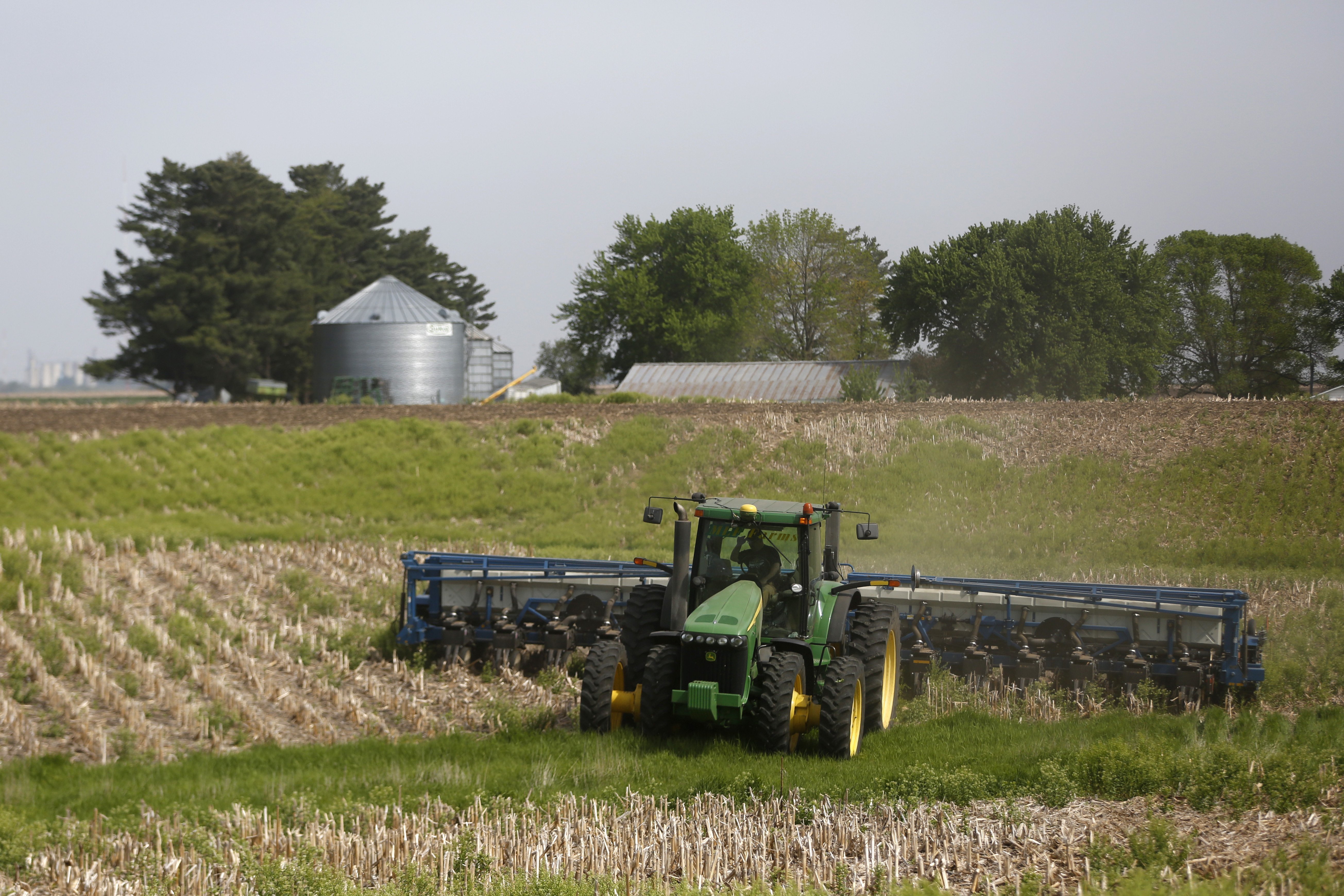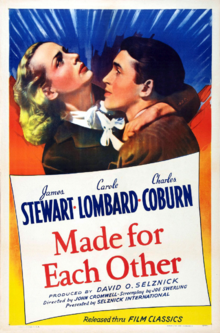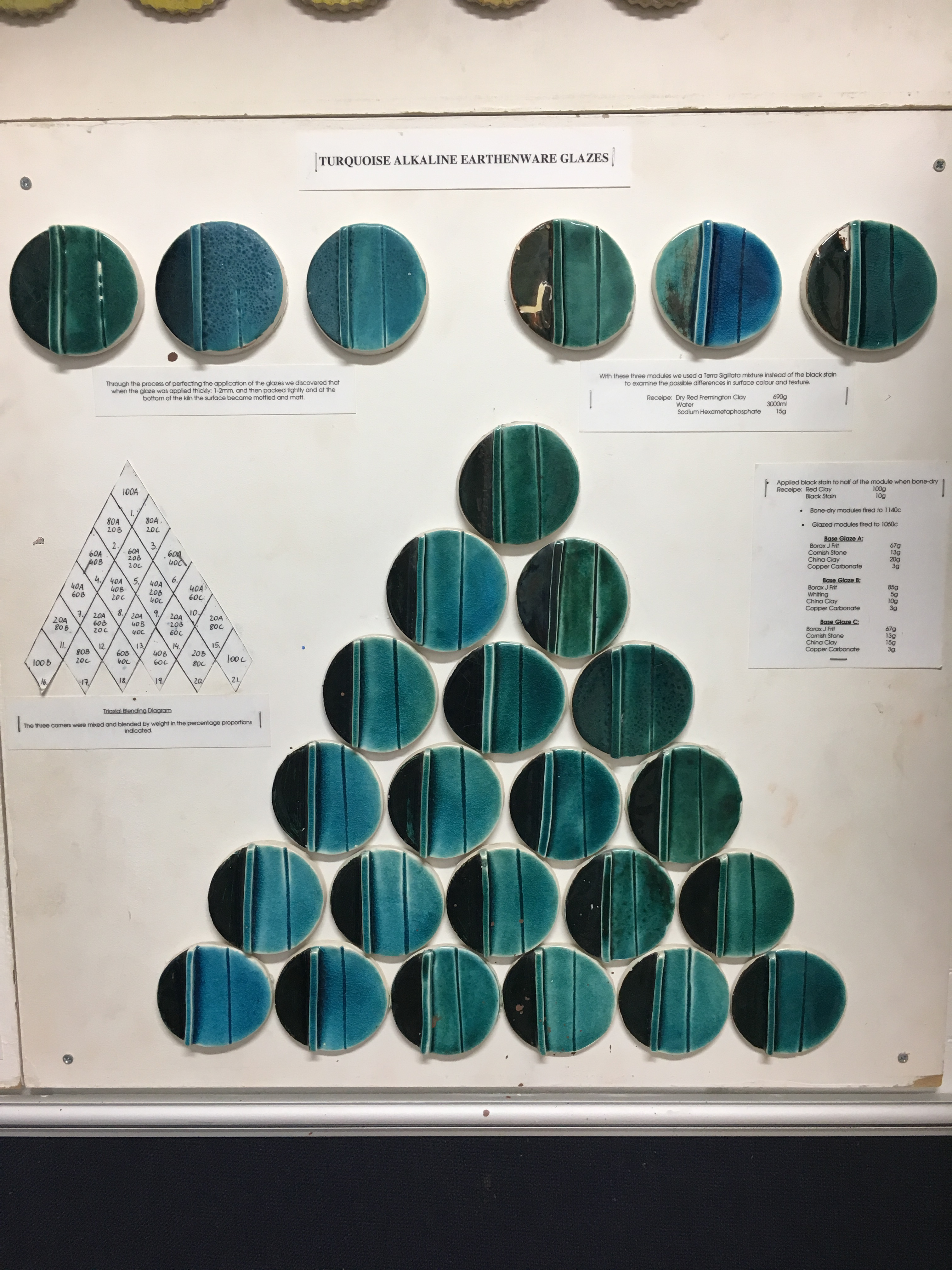The Dorito Effect by Mark Schatzker (2015)
My notes & interesting thoughts from this book:
- 3 global chicken companies: Hubbard, Cobb, and Aviagen
 Source: https://www.amazon.com/Dorito-Effect-Surprising-Truth-Flavor/dp/1476724237
Source: https://www.amazon.com/Dorito-Effect-Surprising-Truth-Flavor/dp/1476724237 - Vitamin B1 = thiamin
- “The taste of animal flesh is strongly influenced by what an animal eats” (35).
- Example: if it is fed a mixture of things like soy, corn, and wheat which are bland themselves, then the chicken itself will be flavorless.
- “Further processing” means pre flavoring a chicken → in a factory
- It takes 1.5 years for a vanilla bean to go from orchid blossom to extract
- Vanillin is made from pinecones or clove oil
- Basic tastes: sweet, salty, sour, bitter, and umami
- Glutathione: adds a satisfying effect on food
- “Customers order off menus. The kitchens also order off menus. The real kitchens are factories. And the real cooks are companies like Griffith laboratories, Kerry, and McCormick” (58).
- Natural flavors: “How, might wonder, can a blend of pure chemicals created in a lab by a scientist with a graduate degree who works beneath a vent hood be called natural?” (59).
- NOTE: If you were to look at the nutritional labels of prepackaged frozen and shelf foods and drinks, 90% of them would probably have an ingredient listed as “natural flavor”. It makes you wonder what’s really in your food.
- “The industry that can flavor a serving of yogurt for 1¢ and a thousand cans of pop for $2 is worth $2 billion in the United States and $10 billion globally” (66).
- “The rise in obesity is the predictable result of the rise in manufactured deliciousness” (82).
- Post-ingestive feedback: flavor preferences are learned
- Antifeedants: plant compounds that reduce appetite
Takeaways:
- “The Dorito Effect didn’t just predict the future of tortilla chips. It didn’t just predict the future of snack food, either. It predicted the future of all food” (15).
- “The Dorito Effect, very simply, is what happens when food gets blander and flavor technology gets better”.
- “If consumers demand real flavor, and if they pay a little bit more for it, then real flavor is what they will get” (198).





